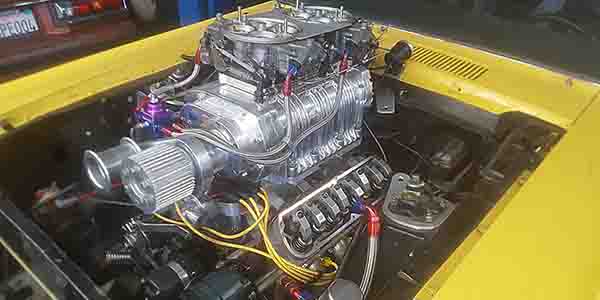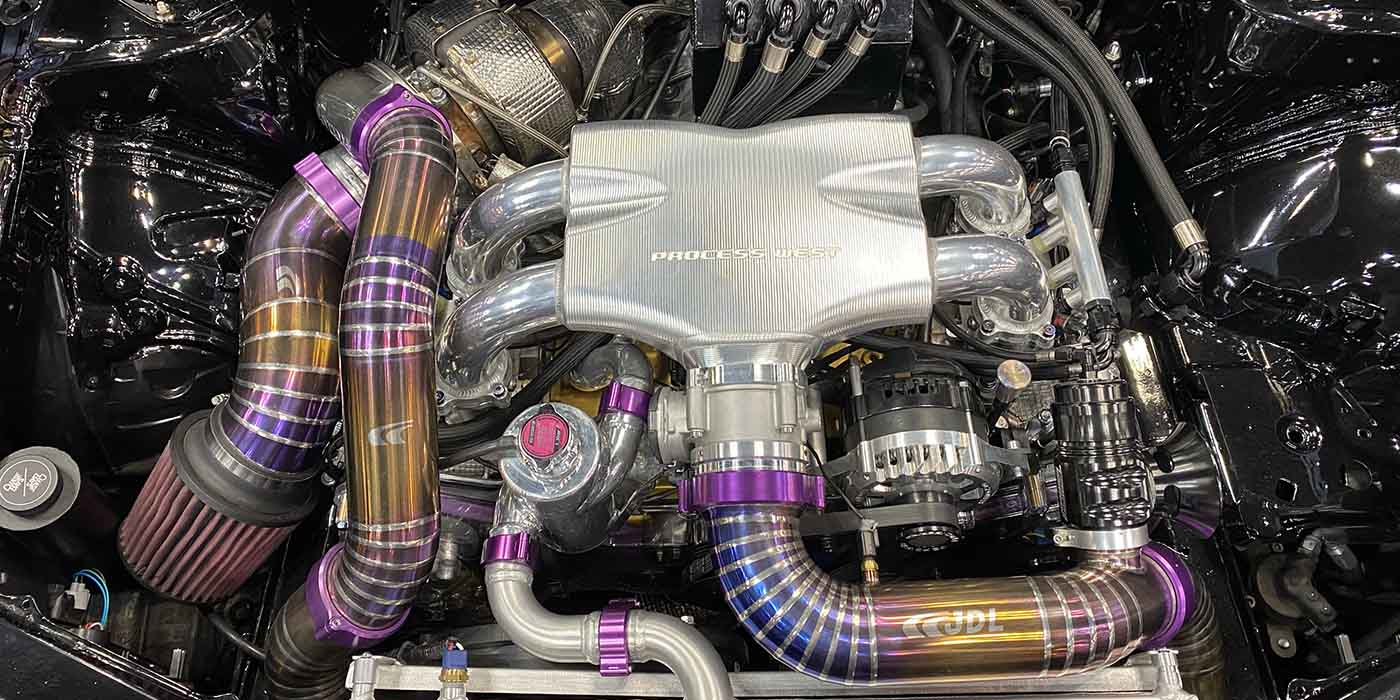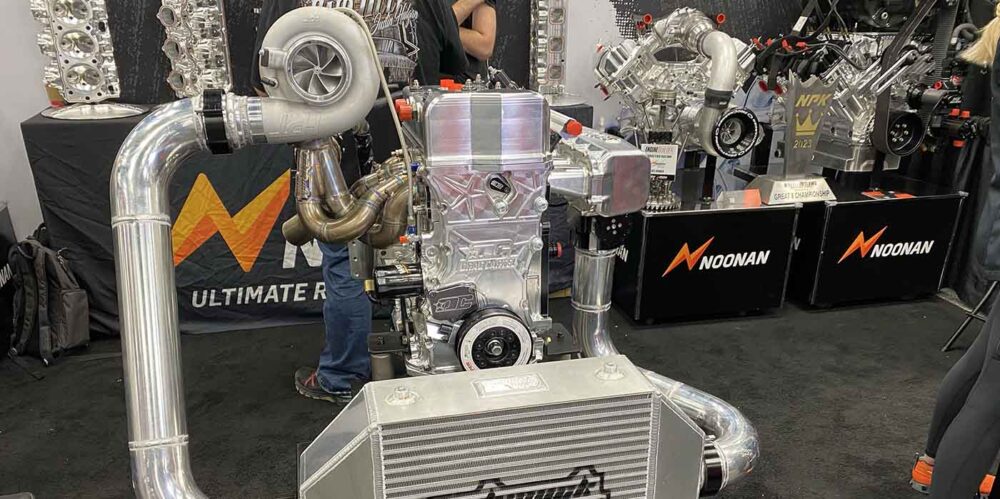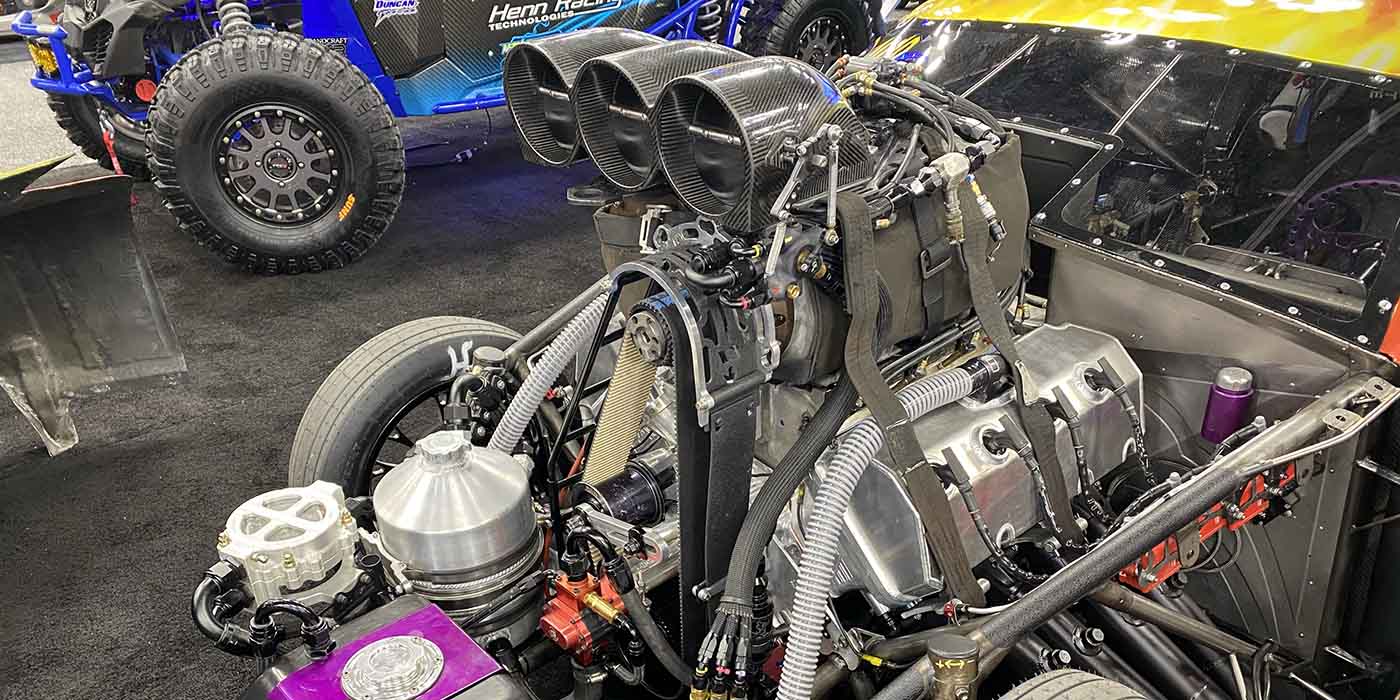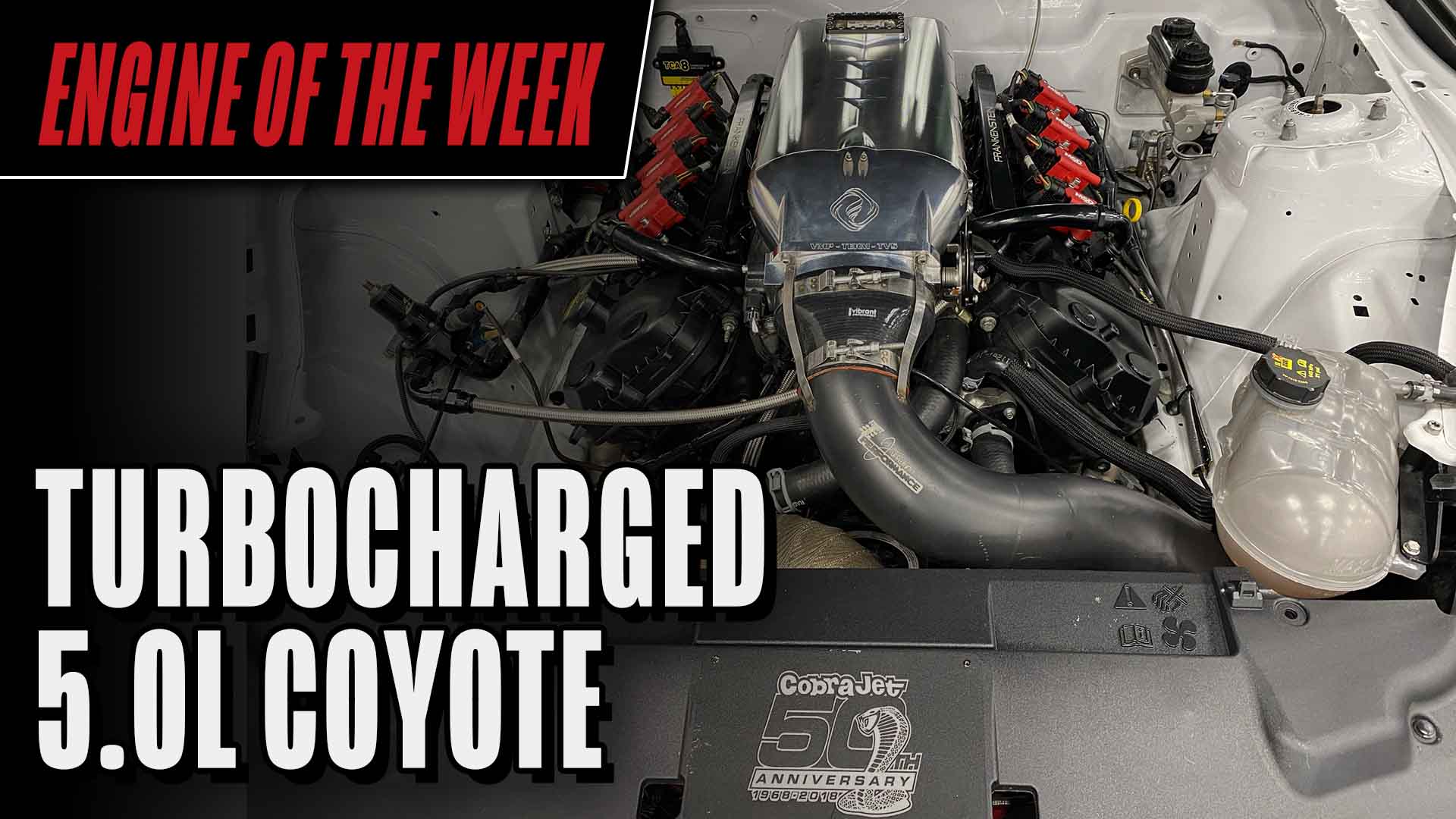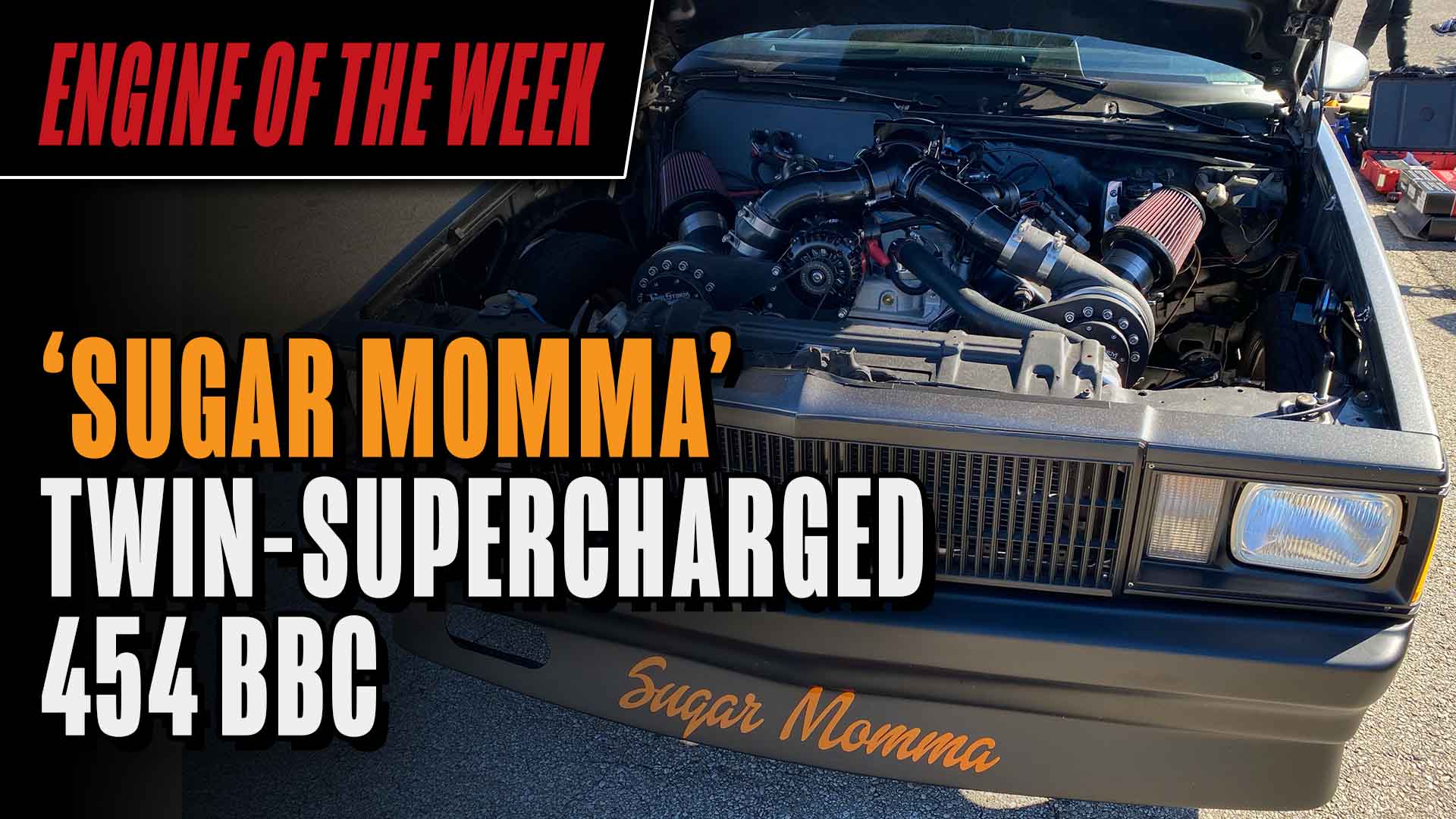If you were to go back in time and tell Tony Guadagni that his ’67 Mercury Cougar he bought for $300 in 1987 at the age of 18 would be running 9-second quarter miles today, he probably wouldn’t have believed you. However, if you told him that he would start an engine shop in 1994 at the age of 24, the idea of racing his Cougar becomes much more feasible.
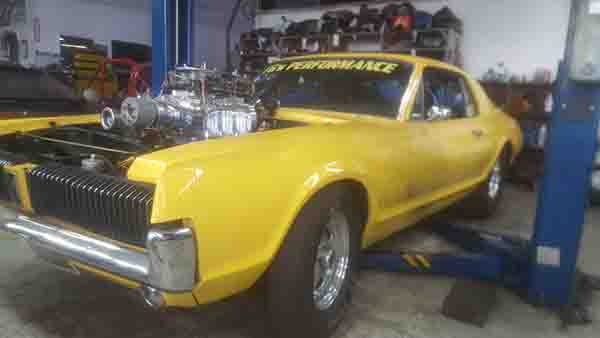
And that’s exactly what happened. Tony bought his ’67 Mercury Cougar to get around in when he was 18. It wasn’t much, but he had an attachment to the car and has kept it all these years. In 1994, Tony bought up a bunch of used machining equipment to start TGs Performance, a full machine shop, in Gardena, CA.
“I bought boring bars, surfacers, bead blasters, air compressors and moved them into a 1,000 sq.-ft. building,” Guadagni says. “That was then. The machine shop part of it grew and after five years at that location we got into a 4,000 sq.-ft. building. A few years later, the performance part of it came in and we started learning that side of things. We kept expanding and went from one employee to two, to five, to six. That’s about where we are now. We started building race cars and moved into a 10,000 sq.-ft. building.”
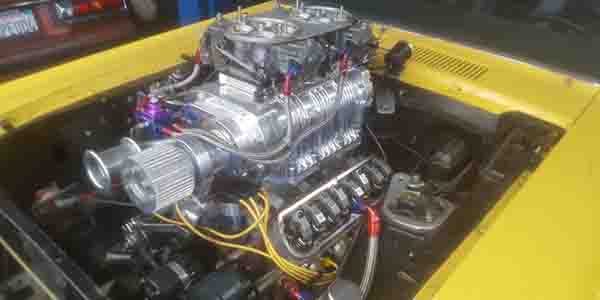
Buildings weren’t the only change happening at TGs Performance. Over the course of the years, Guadagni upgraded the machines as well with new boring bars, honers, surfacers, a Serdi seat and guide machine and a Haas CNC machine, and also expanded the hot rods and racecar department.
“Basically we split the building down the middle – machine shop on one side and hot rods and racecars on the other,” he says.
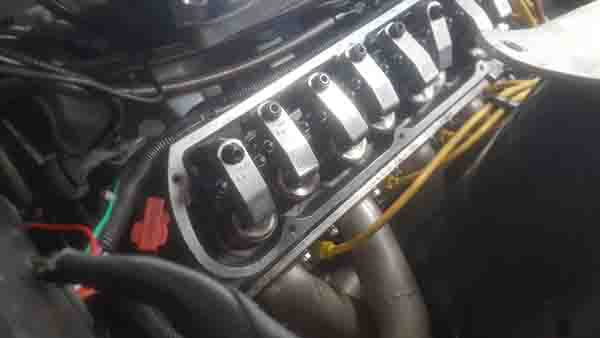
Now that TGs Performance has “grown up” and is doing more work than ever on all kinds of different engines, Tony has once again turned his attention to his ’67 Mercury Cougar after letting it sit for years.
“It is a cool car. It’s a big-tire car and I don’t think you see ‘67 Cougars in this status,” he says. “Not much anyways. Around here we go to all the race tracks and there’s just a real small handful of Camaros and Novas and Chevelles, and that’s basically what you see.”
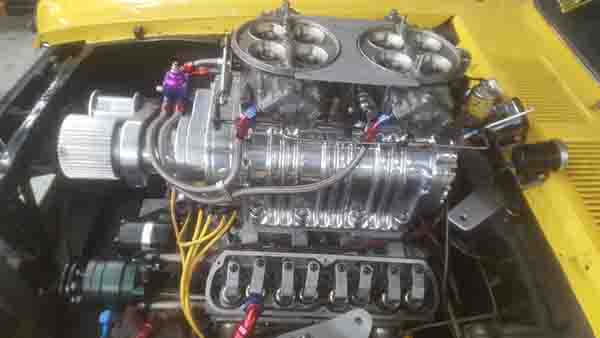
Tony knew he wanted to do something different with the Cougar to get it race ready. To start, he found a 351 Windsor block and stroked it to 408 cid.
“We took a 1975 block and we bored and honed it,” Guadagni says. “We decked it to zero deck, which is a 9.5 deck. We added ARP main studs with a main stud girdle. We line honed the block and we filled it with Hard Block cement all the way to the bottom of the water jacket. From there we basically washed, cleaned and prepped it for assembly.”
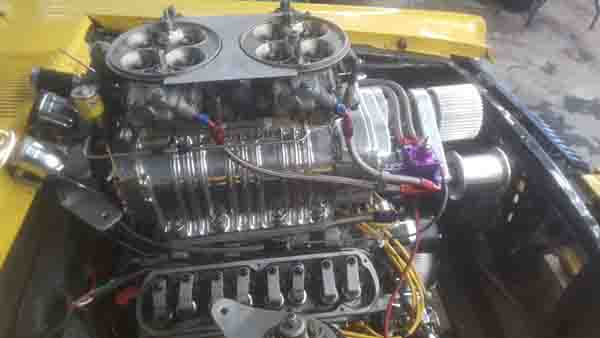
The engine features a 4.340˝ Eagle crankshaft with 6.250˝ Eagle rods and a 4.030˝ bore. The engine also has Trick Flow R-series heads, T&D rocker arms, a Hampton full race 871 blower and two 1050 Holley Dominators on top of that.
“There’s a lot of cool stuff inside this motor,” he says. “This Windsor engine was kind of an oddball. When do you see small block Windsors that are this elaborate with blowers and two Dominators? And these Trick Flow heads are fairly rare. They’ve got these giant exhaust ports and huge intake ports that are almost as big as a big block Chevy rectangle port.”
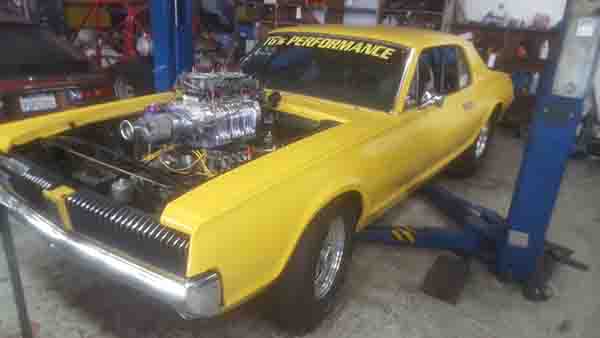
The engine also has JE dish pistons, an Isky solid roller camshaft with Red Zone roller lifters. The camshaft has a 720 lift. TGs used Clevite 77-series bearings and the piston rings are a steel nitrite top ring, Napier second ring and a low-tension oil ring from JE.
On the outside, TGs used a Moroso vacuum pump, an electric water pump and behind it is a 400 Chevy transmission.
“The biggest snag on this build was the transmission,” he says. “When we had the nitrous motor in the car, the transmission was fine. As soon as we put the blower on and made an additional 300 horsepower, the transmission wouldn’t hang.
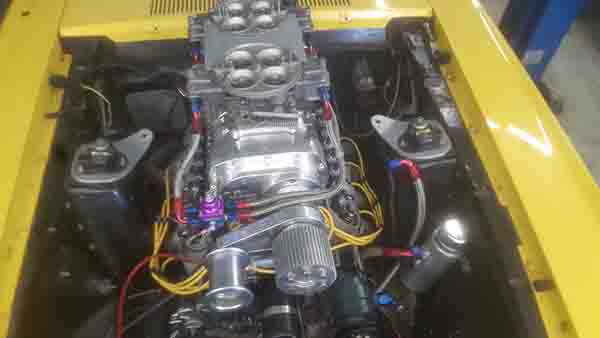
“The other thing we had to do when I put this blower motor in is we had to back half the car. We had to do a four link with a 14×32 tire – a full Mickey Thompson slick to handle the power the motor is making. That was a mandatory deal because it was basically an ice skating rink with a 10-inch tire.”
Once Tony and his guys were satisfied with the 408 Windsor blower motor, the compression ratio was 9:1 and it made 20 lbs. of boost. At the crankshaft, the engine was pushing out just under 900 horsepower. The car weighs 3,500 lbs. and runs on C16 fuel.
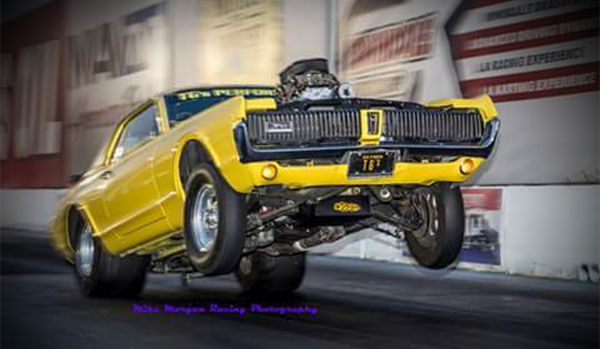
“There’s probably $100,000-plus into the car and the shame is that you can probably only sell these cars for $25,000, so it’s not really an investment,” Guadagni admits. “But, the car runs 9.5 seconds at 145 mph in the quarter mile. It’s a fairly quick car. With the new build, we’re actually trying to get it down to 9.0 seconds. It started out as a 14-second car.”
We would agree that’s quite an improvement for what was once a $300 car!
The Engine of the Week eNewsletter is sponsored by Cometic Gasket.
If you have an engine you would like to highlight in this series, please email Engine Builder magazine’s managing editor, Greg Jones at [email protected].

